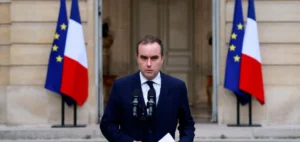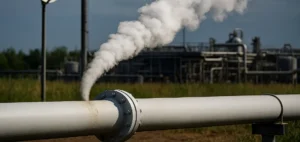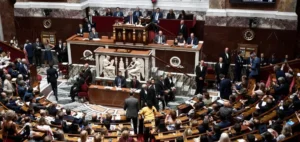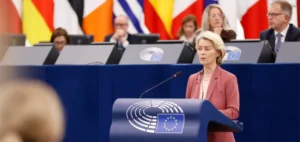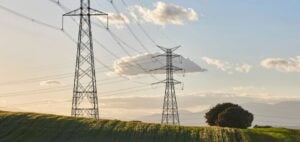Indonesia has recently adopted a new edition of its strategic energy development plan, known as the Rencana Usaha Penyediaan Tenaga Listrik (RUPTL), covering the period from 2025 to 2034. This document outlines the national strategy for significantly enhancing electricity generation infrastructure. The government plans to install 69.5 gigawatts (GW) of new capacity over the next decade, driven primarily by anticipated growth in domestic consumption. The total investment required for this initiative is estimated at approximately 190 billion U.S. dollars (USD).
Capacity Distribution by Energy Source
According to the official plan, 76% of the new capacity will come from renewable energy installations and storage systems. Renewable energy will thus account for 42.6 GW of this new infrastructure, while energy storage will contribute an additional 10.3 GW. Meanwhile, fossil fuel sources remain significant, with an expected addition of 16.6 GW, distributed between natural gas plants (10.3 GW) and coal-fired plants (6.3 GW).
The RUPTL divides the deployment into two distinct phases. The first phase, from 2025 to 2029, will primarily focus on fossil fuel sources, with 12.7 GW planned, alongside 12.2 GW from renewable energies and 3 GW from storage. The second phase, spanning from 2030 to 2034, will significantly shift priorities, with an addition of 30.4 GW primarily from renewable energy sources, compared to only 3.9 GW from fossil fuels, accompanied by a substantial increase in energy storage capacity (7.3 GW).
Role of Private Investors
The execution of these infrastructure projects heavily relies on the private sector. Official forecasts indicate that approximately 73% of the required funding will come from independent power producers (IPP). These investors will mainly finance renewable energy projects, with a dedicated investment estimated at around 1,342 trillion Indonesian rupiahs (IDR). The national state-owned enterprise, Perusahaan Listrik Negara (PLN), will assume approximately 27% of the total cost of the planned projects.
Additionally, the development of transmission and distribution infrastructure is a key aspect of the RUPTL. Indonesia plans to construct around 50,000 kilometers of new power lines, including strategic interconnections between major islands such as Java and Sumatra. These projects will involve high-voltage lines, including High Voltage Direct Current (HVDC) transmission systems.
Expected Economic Impact
The Indonesian government anticipates significant economic benefits, including the creation of nearly 1.7 million jobs over the next decade. Approximately 760,000 of these positions will be directly associated with renewable energy infrastructure. This expansion aligns with substantial growth in domestic electricity demand, expected to rise by 67% during the same period, from 306 terawatt-hours (TWh) currently to approximately 511 TWh by 2034.
Finally, the RUPTL includes plans to enhance electricity access in rural areas. Around 5,700 villages, corresponding to about 780,000 households, are expected to be connected to the national grid over the coming decade.











